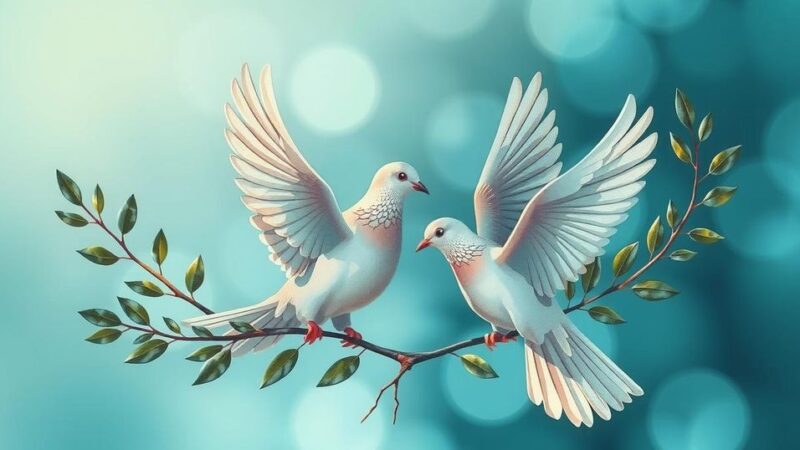Syria’s Druze community faces challenges in a shifting political landscape post-Assad. Caught between the Islamist-led government and Israel, they seek representation and security while grappling with economic difficulties and mistrust. Local militias remain active, emphasizing self-defense, as protests rise against perceived exclusion from the political process. A collective desire for unity and reform persists among the Druze, amidst fears of renewed conflict.
In the aftermath of the fall of Bashar Assad’s regime, Syria’s Druze community is attempting to carve out their role in a rapidly evolving political landscape. This minority group now finds itself balancing between the newly formed Islamist-led government in Damascus and the pressures from Israel, which has historically utilized their plight as justification for intervention. Despite promises of inclusion from the transitional government, the Druze remain wary of its affiliations with former insurgents.
Tensions have escalated recently, evidenced by deadly clashes involving Assad loyalists and government forces, with at least seventy fatalities reported. Although the Druze community has maintained quiet contact with the government, localized violence persists, exemplified by the killing of a security officer in Jaramana, triggering government crackdowns.
Druze militias, originally established to guard against threats such as the Islamic State, are finding it increasingly difficult to disarm. The emergence of new factions, like the Sweida Military Council, reflects ongoing insecurity within the region, exacerbated by mistrust towards both government forces and external factors.
A commander from the Liwa al-Jabal militia articulated a sentiment prevalent among the Druze, stating that their arms are intended solely for self-defense. He expressed a willingness to integrate into a newly reformed Syrian army that embodies protection rather than oppression. Historically, the Druze have demonstrated a resilient independence and a deep-rooted desire for representation in Syria’s political evolution.
Many Druze are also critical of Israel’s overtures of protection, asserting their Arab identity and commitment to Syria’s unity. There is mounting frustration among the community regarding political inclusion, economic opportunities, and the perceived imposition of a mono-color governing authority. Protests in Sweida symbolized a broader discontentment with the interim government’s inability to foster a truly inclusive system.
As Syria’s leaders grapple with lifting international sanctions, economic recovery remains elusive, hindering efforts to rebuild trust within minority communities. Concerns about a potential return to civil conflict loom large, underscoring the urgency for cohesive governance. Amid the turmoil, community members express a collective desire to unify and abandon the cycle of violence in pursuit of a brighter future without reliance on arms.
Syria’s Druze community is at a critical juncture, seeking both security and a significant role within an evolving political framework. While they navigate pressures from the new government and neighboring Israel, the Druze strive for a secular, inclusive democratic system that recognizes their contributions. Their aspirations are hindered by economic difficulties and mistrust towards authorities. Active participation in dialogue and reform may foster unity, ensuring the community’s future remains tied to the broader Syrian narrative, moving forward from years of conflict.
Original Source: apnews.com






